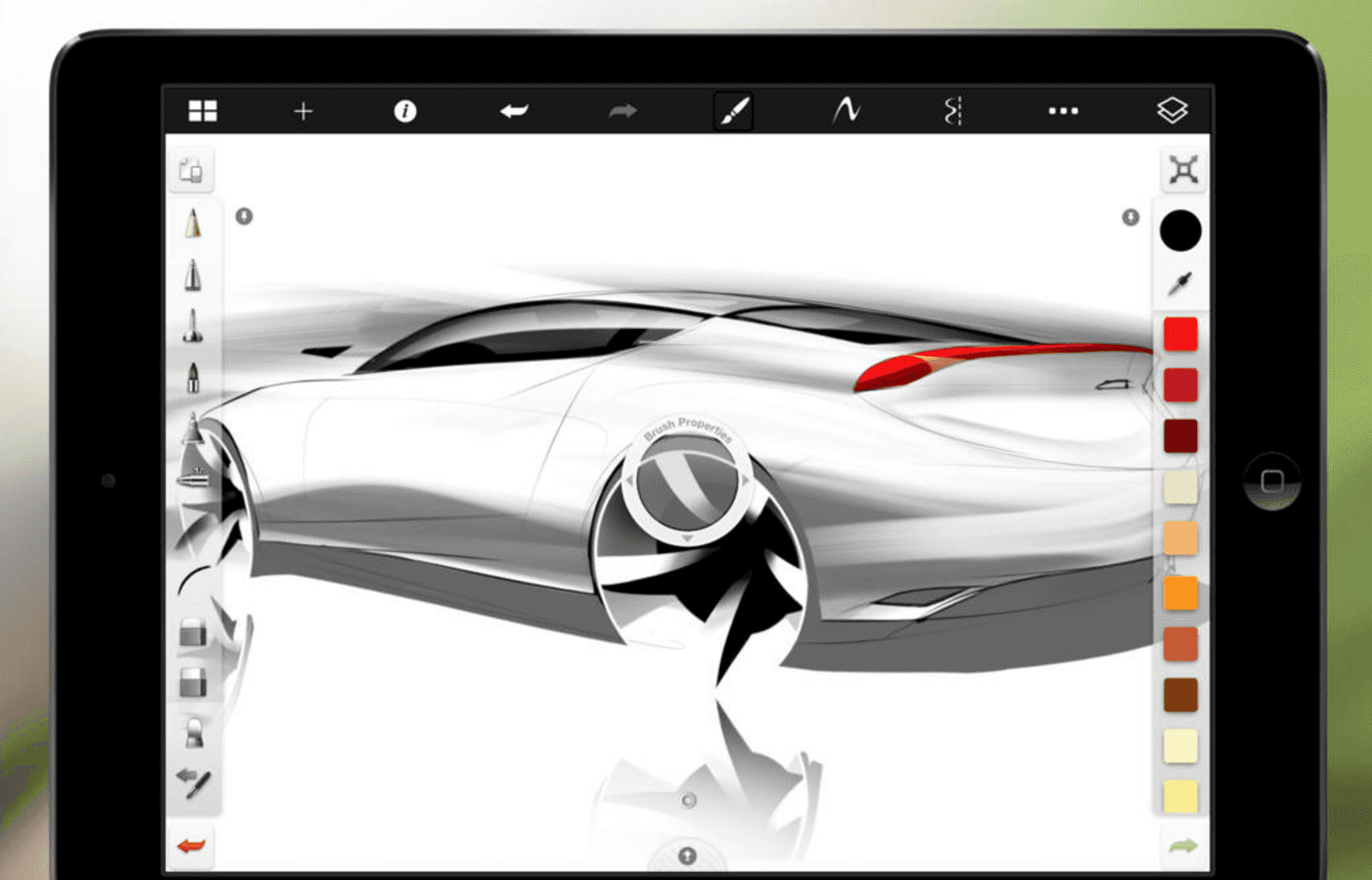The Purpose and Benefits of Great Digital Design
Digital design is far more than aesthetics and visual appeal.
Great digital design can craft intuitive interfaces, optimise user interactions, and ensure that every pixel and element aligns with a clear and strategic vision. It’s the art and science of blending creativity with functionality to create digital experiences that leave a lasting impression.
It enhances user experiences, drives engagement, fosters brand identity, and ultimately contributes to the success of businesses and organisations in the digital age. The world of digital design offers a transformative power that every person with a business, website, social media channel or online presence of any kind should understand.
What is digital design?
Digital design is a powerful form of visual communication that leverages digital technology and creative principles to present information, products, or services through digital interfaces. It encompasses various design elements, including graphics, layout, typography, colour schemes, and interactive features, all working together to convey a message or facilitate a user’s interaction with a digital platform.
Digital design is all about making complex information more understandable and accessible. Designers use various visual elements to organise and present information clearly and with structure. Quality digital design helps you effectively connect with your audience and achieve your communication goals in the digital realm.
The importance of digital design today
The pace of technological advancement has ushered in a new era of digital design, rendering the process significantly more efficient than its historical counterparts. With technology’s relentless progress becoming commonplace, digital design has become pivotal, with designers required to possess a multifaceted skill set adept at harnessing an array of software tools to conceive, refine, and realise cutting-edge digital solutions.
The omnipresent presence of the internet, alongside the widespread adoption of smartphones and tablets, has added further impetus to optimising digital design services. Companies face mounting pressure to ensure their online presence effectively conveys their identity and message, recognising that their digital design plays a central role in communicating their brand to a larger, often global, audience.
Creating a seamless user experience (UX)
The reasons for a seamless user experience (UX) are many, and a whole other blog article. So, for now, just trust us when we say it is vital. Digital design is pivotal in crafting seamless and exceptional UX, encompassing the overall journey and interaction that users have with a digital product, website, or application. Digital design is essentially the driving force behind shaping this experience.
Digital designers create user interfaces (UI) that are intuitive and user-friendly. Elements like navigation menus, buttons, and interactive features are strategically placed and designed to ensure users can easily find what they need. Consistency in design across colours, fonts, and branding creates a smooth UX. When users encounter a consistent visual language across the platform, they feel a sense of familiarity and are less likely to get confused or disoriented during their interaction.
A compelling visual identity
A compelling, visually appealing and well-crafted identity creates an immediate impression that can influence whether a person engages with your business further.
We all know how a strong visual identity, including a distinct logo, colour scheme, and typography, helps customers recognise and remember a brand amidst a sea of competitors. Consistency in visual identity across all touchpoints fosters familiarity and trust, which, in crowded markets, is a way to help your business carve out a distinctive niche.
The subtle effect of consistent visual identity across all marketing materials and platforms reinforces your brand’s reliability and trustworthiness. Use this as a chance to communicate your core values and mission in an increasingly competitive business landscape.
Solving problems and meeting user needs with design thinking
Design thinking is a problem-solving strategy that has gained significant prominence in various fields, including digital design, due to its iterative and user-centred nature. At its core, design thinking is a process that involves seeking a deep understanding of users, challenging assumptions, reframing problems, and ultimately creating innovative solutions. This methodology is compelling in digital design, where creating user-friendly and effective interfaces is paramount.
In the context of digital design, a design thinking process aligns in the following ways:
- User-Centred Approach: Design thinking places the user at the centre of the design process. This means creating interfaces and experiences prioritising user needs and preferences, resulting in more intuitive and user-friendly products.
- Challenging Assumptions: Design thinking encourages designers to question assumptions about what users want or need. This translates into a willingness to challenge established conventions and explore new approaches that may better serve the user.
- Innovation: By fostering a creative and open-minded approach, design thinking often leads to innovative solutions in digital design. These solutions may not be immediately apparent when designers rely solely on their initial understanding of the problem.
- Iterative Nature: The design thinking process is iterative, allowing for continuous refinement based on user feedback. Improvements can be made throughout the design and development process, leading to a more polished and effective end product.
We encourage digital designers to adopt the design thinking methodology to create user-centric, innovative, and highly functional digital experiences. By following this iterative process, designers can uncover alternative strategies and solutions, ultimately leading to digital products and interfaces that better meet user needs and expectations.
The benefits of great digital design
Beyond traditional computers and smartphones, we now have an array of connected devices, from smartwatches and fitness trackers to smart refrigerators and voice-activated speakers. Each device requires user interfaces and digital experiences, amplifying the demand for digital design expertise.
Digital design, along with the many benefits listed above, can ensure your content adapts to these devices’ various screen sizes and capabilities. Adaptable, context-aware design is the key to delivering tailored experiences, which leads to greater customer satisfaction. Therefore, embracing the possibilities of digital design is essential for businesses to remain competitive and provide exceptional digital experiences.
